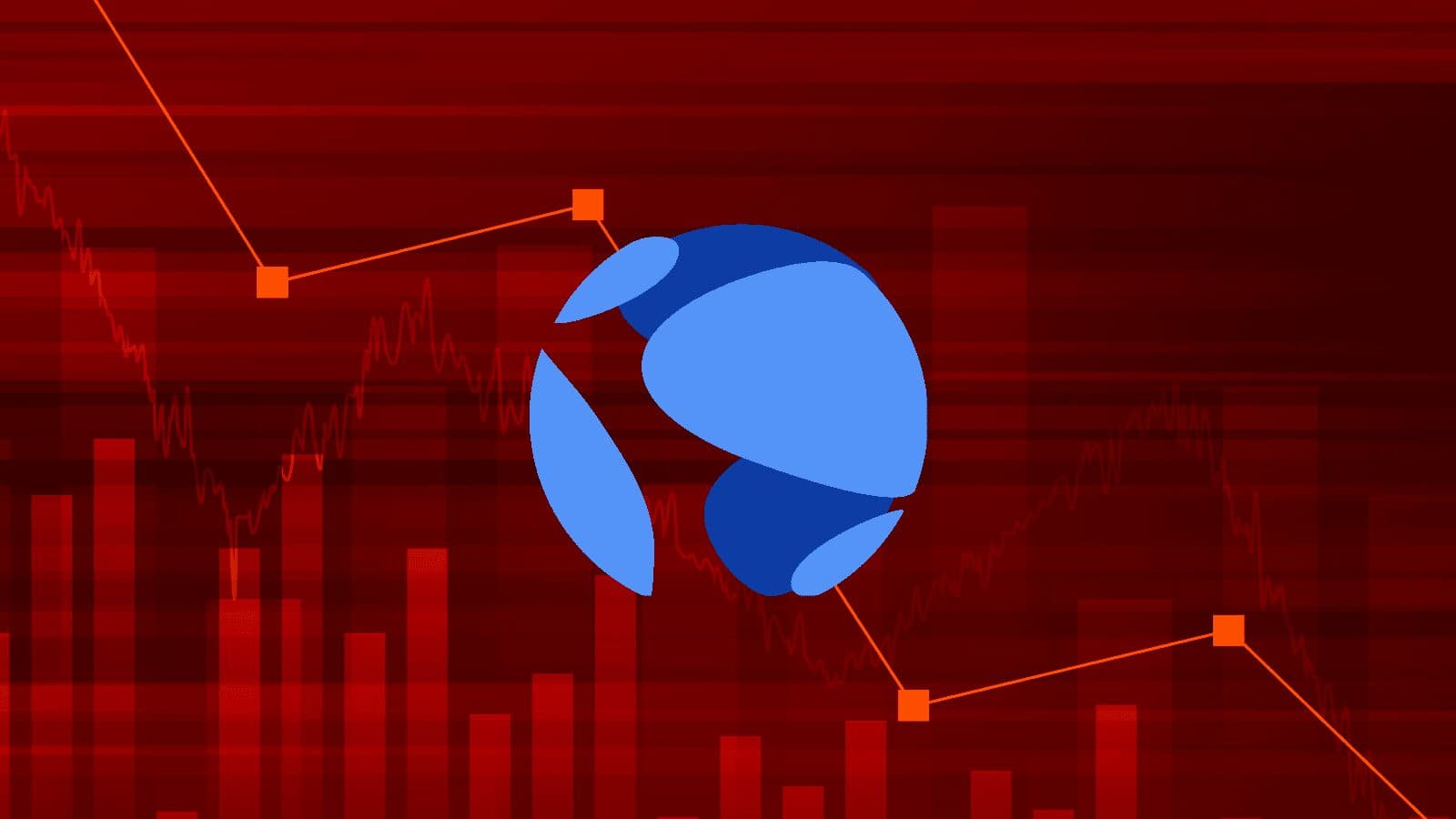VanEck, Wrong-footed by UST Collapse, Casts Doubt on Do Kwon’s Rescue Plan
The once booming DeFi ecosystem is in turmoil, with no help in sight from cryptocurrency’s biggest players

Source: Shutterstock and Terra
- Terra participants are voting to boost the maximum value of printable LUNA tokens to $1.2 billion
- The move is meant to allow arbitrage traders to absorb intense selling pressure and re-peg UST to its one-to-one tracking of the US dollar
A proposal aimed at halting — or at least slowing — the death spiral of Terra’s algorithmic stablecoin UST is expected to be passed. But doubts persist as to whether it will actually work.
UST collapsed dramatically this week, reaching a low of $0.298 earlier today, according to CoinGecko. The stablecoin had more or less maintained its one-to-one peg to the US dollar since its launch in October 2020, sans a couple of hiccups.
The token’s adjacent cryptocurrency, LUNA, has crashed even harder over the past week – from $82 to a little over $2 at press time, a stunning, historic 97% collapse. The fallout has weighed heavily on the entire Terra ecosystem — and digital assets writ large.
And so, Terra governance proposal #1161 allows the protocol to print up to $1.2 billion of LUNA tokens, up from $293 million.
The idea? Printing more LUNA tokens for traders to sell for UST will “absorb the stablecoin supply that wants to exit before UST can start to re-peg,” tweeted Terraform Labs founder Do Kwon — who has been ostracized by Twitter investors by brushing off the extent of the problem, promising his “lunatics,” or LUNA investors, that a “rescue plan” is in the works.
Evidence of retail casualties is widely apparent, but Wall Street stalwarts including VanEck also took their lumps. Matthew Sigel, the firm’s head of digital asset research, said VanEck’s crypto-focused Smart Contract Leaders fund was holding Terra tokens as UST’s peg unmoored.
The fund aims to meet or beat an index of “layer one” cryptocurrencies and benefitted somewhat as Terra surged from $10 to more than $100 over the past year. However, its share price has dropped about 20% this week, although crypto markets are down across the board.
But as LUNA and UST collapsed, VanEck had a choice to make: cut losses and sell their stash or buy even more to dollar-cost-average into a potential rebound.
The fund, averting a catastrophe on a larger scale, sold when UST hit $0.90, Sigel told Blockworks.
But more than $15 billion of collateral has fled Terra’s flagship decentralized applications built on Anchor during the collapse. Now, just $2.39 billion is locked – proof that confidence in UST and LUNA has evaporated in tandem with buying interest.
UST is designed to be exchanged for $1 of LUNA. Arbitrageurs buy and sell the tokens for profit, with overlapping trades designed to keep UST’s price steady.
Anchor’s native token has also taken heavy damage, down nearly 85% since Monday morning.
A complimentary Anchor proposal submitted last week seeks to reduce its minimum interest rate from 18% to 3.5% to ensure Anchor retains ample reserves to keep divvying out a yield. The protocol defended the sky-high payout as necessary to attract users in its early days — akin to tech startups burning money on marketing to corner market share — but critics have long argued it’s unsustainable and, for the most part, no longer needed.
Widespread selling pressure led to rumors of a bailout, funded by large over-the-counter traders and other institutional players, such as Alameda Research and Jump Capital.
A number of early Terraform Labs investors, including Binance Labs, Arca, and BlockTower, declined to comment on whether those bailout discussions took place.
In any case, VanEck’s Sigel said Terra’s new $1.2 billion minting cap wouldn’t cut it, considering the lingering, large disparity between UST deposits and Anchor loans.
The gap is why large OTC players have not overtly supported a bailout of the Terra ecosystem, according to Sigel, saying it’s increasingly “obvious that previous allies have turned enemies.”
Terra’s alliance with Avalanche, as well as its diversification into Bitcoin, had raised hopes that consolidation among layer-1 blockchains would help fortify interoperabile blockchains for market downturns — albeit perhaps not one of historic proportions.
Aside from heavily collateralizing Terra with tangible assets, Sigel floated an escape route for Do Kwon and Terra more broadly: a full-blown merger with Avalanche.
Avalanche may have cheered such a move months ago, but given the sell-off, it’s not clear whether Terra would gain any viable capital out of a potential merger.
Correction — May 11, 2022 at 3:52 pm ET: The Terra proposal has not yet passed.
Get the news in your inbox. Explore Blockworks newsletters:
- The Breakdown: Decoding crypto and the markets. Daily.
- 0xResearch: Alpha in your inbox. Think like an analyst.






